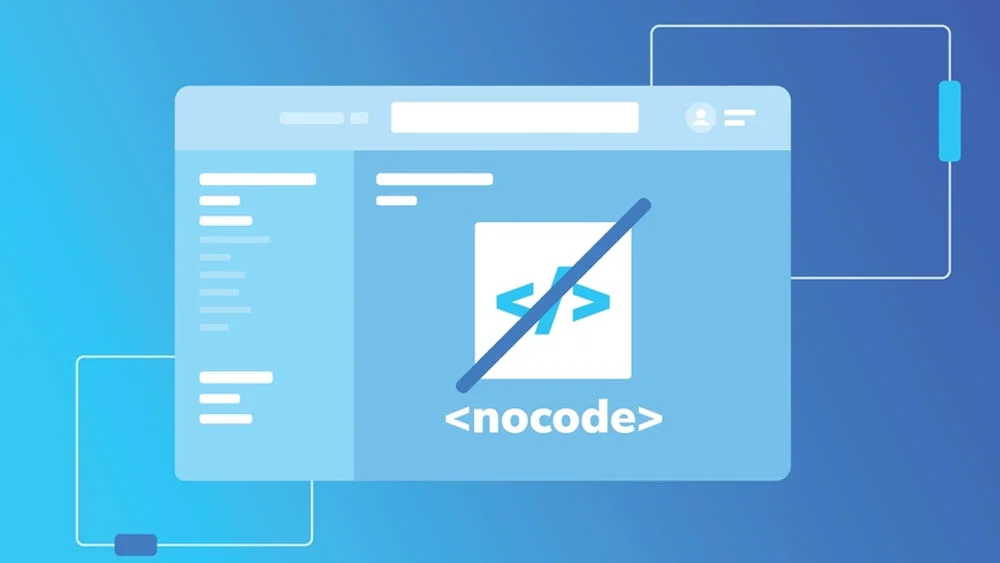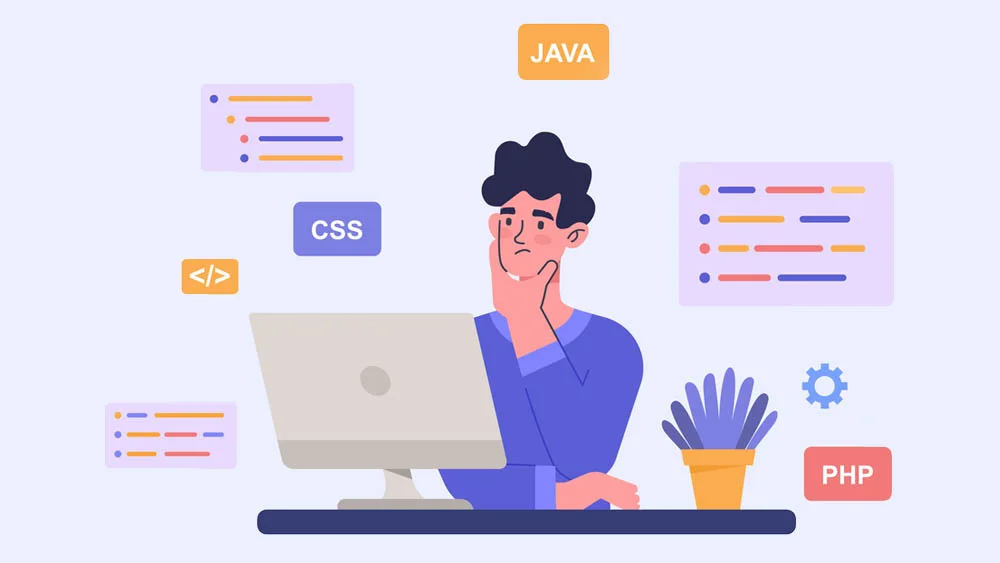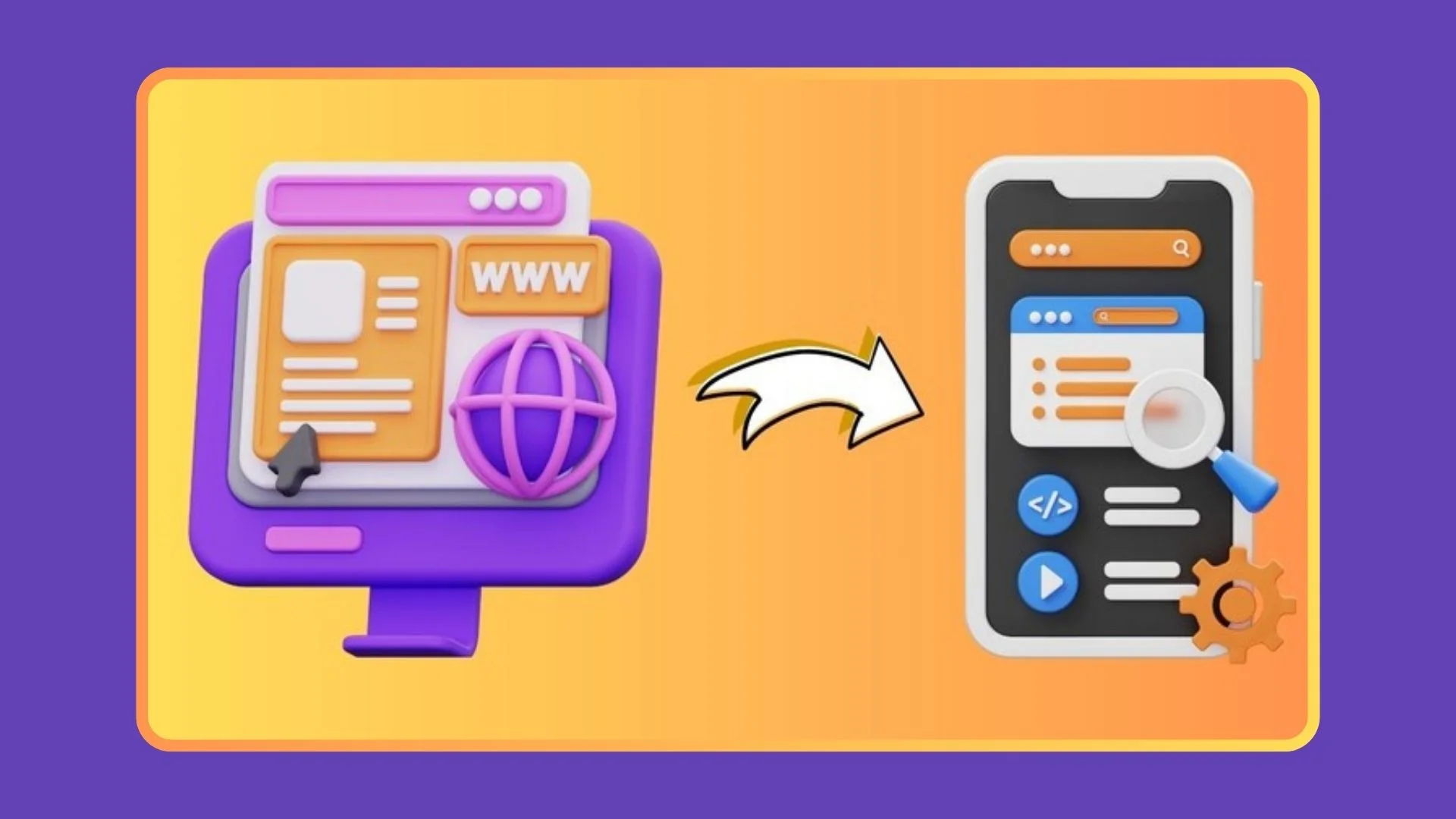Mobile App Programming Language: Traditional Vs. No-Code Development
It is no secret that there are two approaches to mobile app development. One suits developers who have previous knowledge of coding and programming languages; the other aims to serve citizen developers who have limited knowledge of a certain mobile app programming language. It is like having two curriculums for several students who vary in their way of thinking and looking at things. That is why the mobile app development realm is one that is vast with options.
Ones that differ enough to suit people and their many tastes in what they like and what they don’t. This guide will indeed talk about what a mobile programming language is; however, we will first cover the basics and delve into a different no-code-based perspective that will help us understand a new angle regarding this topic and what it has to cover.
No-Code App Development: What Is It Exactly?
No-code mobile app development is the process of developing an app using no-code solutions. Ones that facilitate your development process. That is because it doesn’t require any coding knowledge or any knowledge of programming languages as well. With graphic layouts, drag-and-drop tools, and already-designed templates, no-code solutions let users create, build, and deploy apps. Graphical user interfaces (GUIs) on no-code platforms are often easy to use. They simply allow users to build complicated workflows, databases, and user interfaces with little effort.
No-code development makes software creation more accessible by getting rid of the need for people to know how to code. This lets people from all walks of life come up with new ideas and quickly see them through to completion. This method shortens the development process, encourages technical and non-technical teams to work together, and encourages flexibility in application development. No-code platforms cater to a wide range of users, from business professionals to entrepreneurs, fostering innovation, accelerating time-to-market, and democratizing access to software development capabilities.
A List of Pros and Cons of This App Development Method
Like anything in the world, this is one method that has its own list of advantages and equal disadvantages. Let us explore together the pros and cons of no-code app development and understand each one of them in order to help you make an informed decision on what you will use to develop an app. Is it going to be a traditional mobile app programming language? Or is it going to be a no-code platform of your choice? Delve into the depths of this topic to make an informed decision!
The Many Advantages of No-Code App Development
- Accelerated Mobile App Development: This is one solution that fosters a more streamlined way that helps you develop apps in a faster manner. It allows users to create and build fully functional applications in no time. You can develop your no-code app in 2 months using a no-code platform, while with traditional methods, your development process can take up to a year and a half! See the difference?
- Cost-Effective: No-code development diminishes the necessity for specialized programming skills, thereby enabling businesses to economize on expenses associated with hiring and training. Moreover, the expedited development process not only reduces time-to-market but also contributes to decreased project expenditures. By empowering users with intuitive tools and templates, no-code platforms enhance operational efficiency, stimulate innovation, and facilitate the realization of cost-effective solutions across various industries.
- Enhanced Collaboration: No-code development promotes inclusivity by allowing team members of varying skill levels to contribute. This fosters improved communication and collaboration among developers, designers, and stakeholders. By empowering diverse contributors, no-code platforms call for innovation. Moreover, they accelerate project timelines and ensure that all voices are heard throughout the development process.
- Better Accessibility: No-code platforms empower non-technical users to create functional apps without programming expertise, fostering innovation across organizations. This accessibility encourages collaboration, accelerates idea implementation, and unlocks new possibilities for solving business challenges through custom applications.
The Disadvantages of No-code Solutions
For every coin, there are two sides. It is important that you become aware of every side of something that will take a huge place in your journey to success. The disadvantages or cons here are not many. Which is lucky for you, as it won’t limit you through your app development journey.
- Customization Limits: With no-code solutions, you have some restrictions when it comes to app development interfaces. That is because you’re presented with pre-designed templates that you customize or one that is blank for you to add your desired features. However, even with a blank template, you’re limited to using whatever the no-code platform will give you for branding options. Another limitation that you may face is enhanced functionalities and features that would require the traditional ways of a mobile app programming language other than what a no-code solution offers you.
- A High Range of Scalability: While numerous no-code platforms aim to accommodate growth, intricate projects might necessitate tailored solutions to guarantee optimal performance and scalability as the application scales up. Something that no-code platforms are still trying to enhance in terms of settings and other needed technological advancements for better app scaling.
- Platform Dependency: When you use a no-code solution or platform, the level of dependency is increased. That is because you depend on what it has to offer in terms of capabilities, settings, features, and updates. This, unfortunately, limits your flexibility and restricts some of your freedom to detach yourself from the platform.
A Quick Overview of Traditional Mobile App Programming Language
It is normal that you hear of developers using a certain Android and iOS development mobile app programming language. Android developers have long relied on the flexible language of Java for their projects because of its wide libraries and strong performance. Thanks to its compatibility with Java and its relative brevity, JetBrains’s Kotlin is becoming increasingly popular. While Objective-C is still useful for older projects, Apple’s Swift is gradually displacing it due to its more current syntax and built-in safety measures in iOS. The design and layout of user interfaces on both systems are based on XML, or Interface Builder.
Users of integrated development environments (IDEs) like Apple’s Xcode for iOS and Google’s Android Studio for Android write, debug, and test code. By establishing connections with platform-specific SDKs and APIs, these IDEs are able to access the device’s capabilities and functionalities. Mobile developers frequently use version control tools like Git to improve collaboration and code management. Traditional mobile app development requires expertise in platform-specific languages, frameworks, and toolkits; this approach allows for full customization and control. By allowing developers to write code once and publish it across several platforms, cross-platform frameworks like Flutter and React Native have streamlined development and reduced expenses.
The Benefits That You Get From a Traditional Mobile App Programming Language
Comparing traditional coding with no-code app development reveals distinct advantages and disadvantages. Teams benefit from understanding these factors to make informed decisions tailored to their circumstances and needs.
- Customization Flexibility: With traditional coding, programmers have complete control over the look, feel, and functionality of their apps. That way, they may use the libraries and tools that are most suited to the job at hand to create custom solutions that are incredibly suited to their needs.
- Enhanced Optimization and Performance: By using efficient data structures and algorithms, optimizing code, and making use of hardware capabilities, developers can improve an application’s performance using standard coding methods. As a result, this method produces apps with less latency and higher responsiveness.
- Integrations with Third Parties: When compared to no-code platforms, developers that prefer traditional coding have more freedom to incorporate third-party services, libraries, and APIs into their apps, which allows them to boost functionality and gain access to new features.
- Control Over Your App Property: The source code of the application is kept under the direct control of the development team in traditional coding methodologies. This permits administration that is in sync with the organization’s desires and guarantees the protection of intellectual property.
The Disadvantages or Cons of a Traditional Mobile App Programming Language
I know that traditional development is one that has its many pros and advantages, yet there are some cons that, in my opinion, you should be aware of. Here is a list that will help you understand the bit of a dark side of this development method.
- More Time Consumption: When compared to more conventional coding approaches, no-code app creation usually requires less time and effort. Coding can lengthen the process of application design, implementation, testing, and debugging, which in turn increases the requirement for trained developers and drives up the need for hiring more people to work on your app development project.
- Not Cost-Effective at All: I know that this might seem obvious to you. However, it really is a fact that traditional coding or programming through a company or someone you hire individually would cost you double or triple the cost of a no-code solution or platform. That is because you’re hiring someone with the skill that you need to reach the maximum level of efficiency that you wish for.
- Maintenance Obstacles and Technical Debt: Traditional code may build technical debt as applications change, which means it may need changes or refactoring. If the original creators of the software are no longer available, keeping it up-to-date might be a complex and laborious process. One that is hard to maintain or dedicate too much time to.
Which Method Should You Use for Your Mobile App Development Process?

This is a question that is in high demand. One that people ask too many times. To answer it simply and directly, all I have to say is that it all depends on several of your developmental aspects. Hear me out: if you have a budget that allows you to go traditional, then by all means do it. Another if here is that if you have the knowledge that is enough for you to understand the technicalities of a traditional mobile app programming language, then by all means opt for it. However, if your answer is no to the two “ifs” I had for you, then I am afraid you don’t have much of a choice here.
No-code would be the perfect solution for you. One that will help you achieve your app development goals in no time and without having to spend a hilarious amount of money to reach the success you wish for. That is why the answer here is “depends on what you have and want.” If you wish to develop an app and don’t know where to start or which method to choose, do thorough research and understand your options, budget, and time plan. If you do that, you’ll find yourself easily deciding which method to opt for.
Final Thoughts!
A traditional mobile app programming language is one that you should opt for if you know your requirements and understand what it will take to develop an app efficiently with such a traditional method. On the other hand, you can opt for a no-code solution if you have limited knowledge of coding and programming languages. That is, because it will save you a lot of effort, time, and money. If it is your wish to build an app using an efficient no-code tool, nandbox has your back!
nandbox is a no-code native app builder that helps you achieve your goal of developing an app in no time, with little effort and for a fraction of the cost. Our app builder depends on a simple drag-and-drop feature addition method that will help you add your desired features in a hassle-free way. Sign up now and leverage our 14-day free trial to your advantage. This trial will give you enough time to familiarize yourself with our app builder’s configuration settings, features, and modules. Bring your app idea to life with nandbox and reach the success you wish for with our app builder!





